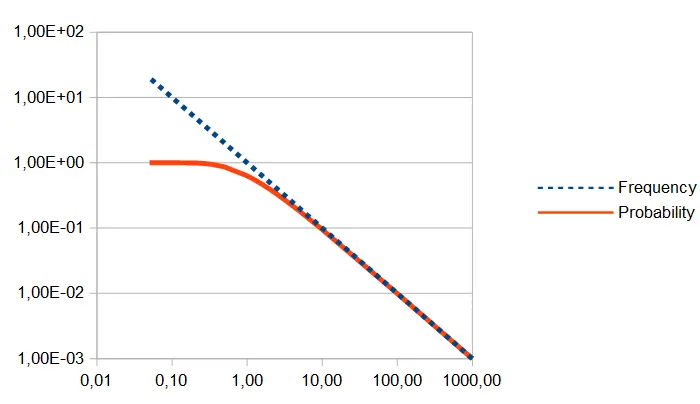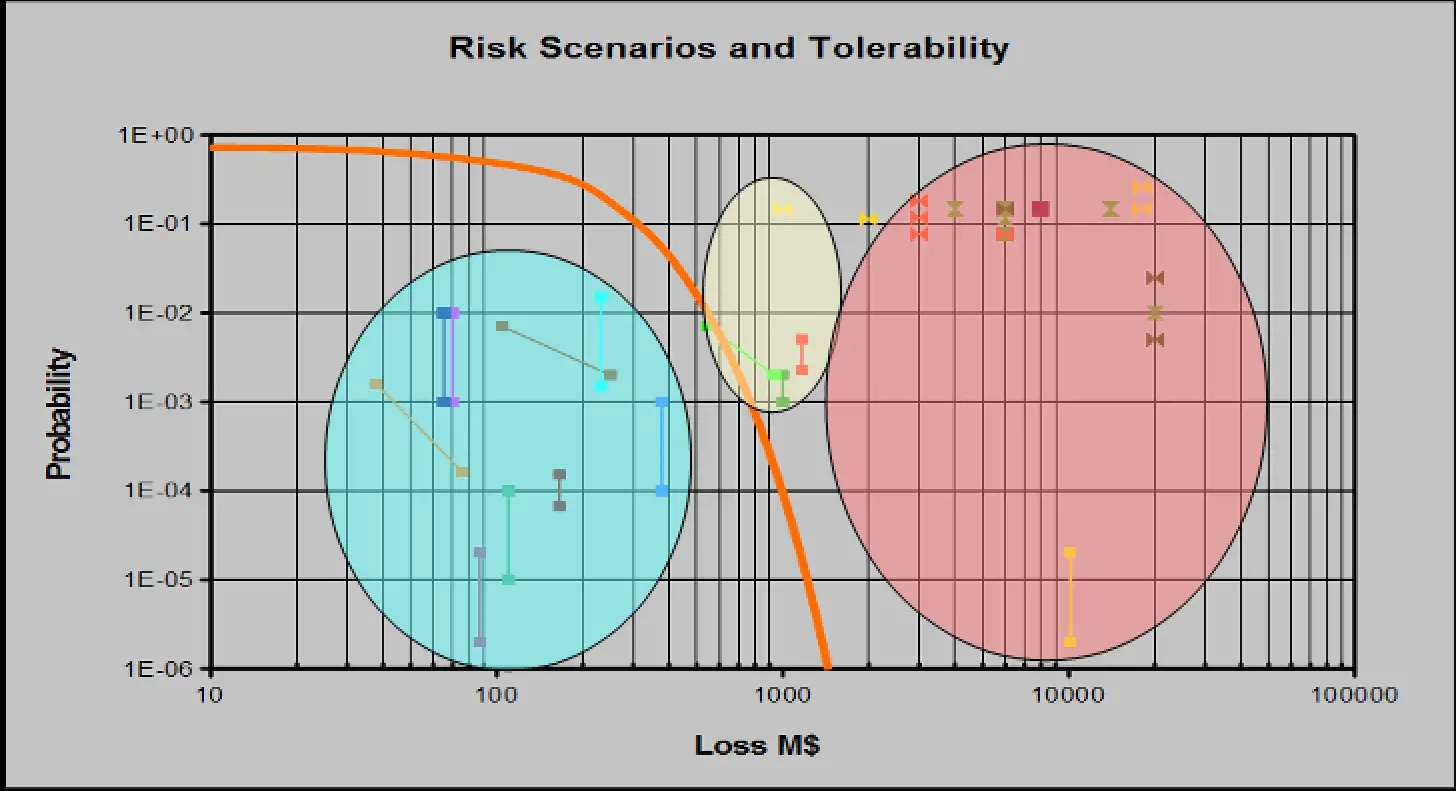Natural and manmade slope portfolios require landslide risk assessment in order to ensure sustainable management. Slopes present hazardous geomorphological processes such as landslides which can occur discretely (some deformation or cracking followed by a large movement) or continuously (deformations ranging between a few millimeters and several centimeters per years with occasional accelerations followed by a return to “average velocity”).
How Do We Manage Hazards or Risks?
Any slope, anywhere in the world, has a probability of occurrence of first failure. Continuously sliding phenomena all have a probability of sudden acceleration (multiple failures over a long period of time).
Technically, reliability is the chance of not having a failure, so it is the numeric complement to the probability of failure.
Enhancing a single slope’s or multiple slopes’ reliability means reducing their probability of failure by mitigation. However, managing portfolios of slopes, like for any other hazards portfolio, must make sense from both the economic and safety point of view.
Since various failures within a portfolio will generally cause different consequences (to users, public, environment, traffic, infrastructure, etc.), enhancing the reliability alone will be fallacious from the economic, safety and social point of view.
To optimize the reliability enhancement approach, one has to combine the probability of failure and failure consequences, i.e. look at the risks that each slope can generate. An efficient reliability enhancement effort should be seen as an “enterprise risk management” action, even if the “enterprise” is a government.
Operational, Tactical and Strategic Risk Management Planning Requires a Well-defined Glossary
Below we summarize some of the technical terms applied to landslide risk assessment.
Failure
Landslide failures are generally characterized by rather high frequencies and extremely variable consequences, hence highly variable risks.
We will note that “failure” should be carefully defined, as it can occur either suddenly, like the one-time “fragile” failure of a dam, or slowly, in the form of a continuous movement with discrete bursts of acceleration, paroxysms (continuous slide of large alpine landslides).
The latest edition of the risk and crises glossary proposed in this website will be strictly used through this paper to ensure clarity.
Reliability
The probability of failure evaluation can follow many different approaches depending on the level of knowledge available. That includes geotechnical data, climate data, design construction and maintenance, etc.
Frequency and Probability
These terms require clear definitions:
- Frequency (fq) is the average number of events (within a population) during a given unit of time (failures per year in the Andes, for example).
- Probability (pf) is the chance that a failure may occur next year (for example 5% for a specific slope).
When the frequency is small, the number that represents it looks very similar to the number that represents a probability. Thus, many people confuse one for the other. However, for fq>0.1 the values of p start differing significantly.
Figure 1 shows the fq=f(pf) or pf= f( fq) graph.


